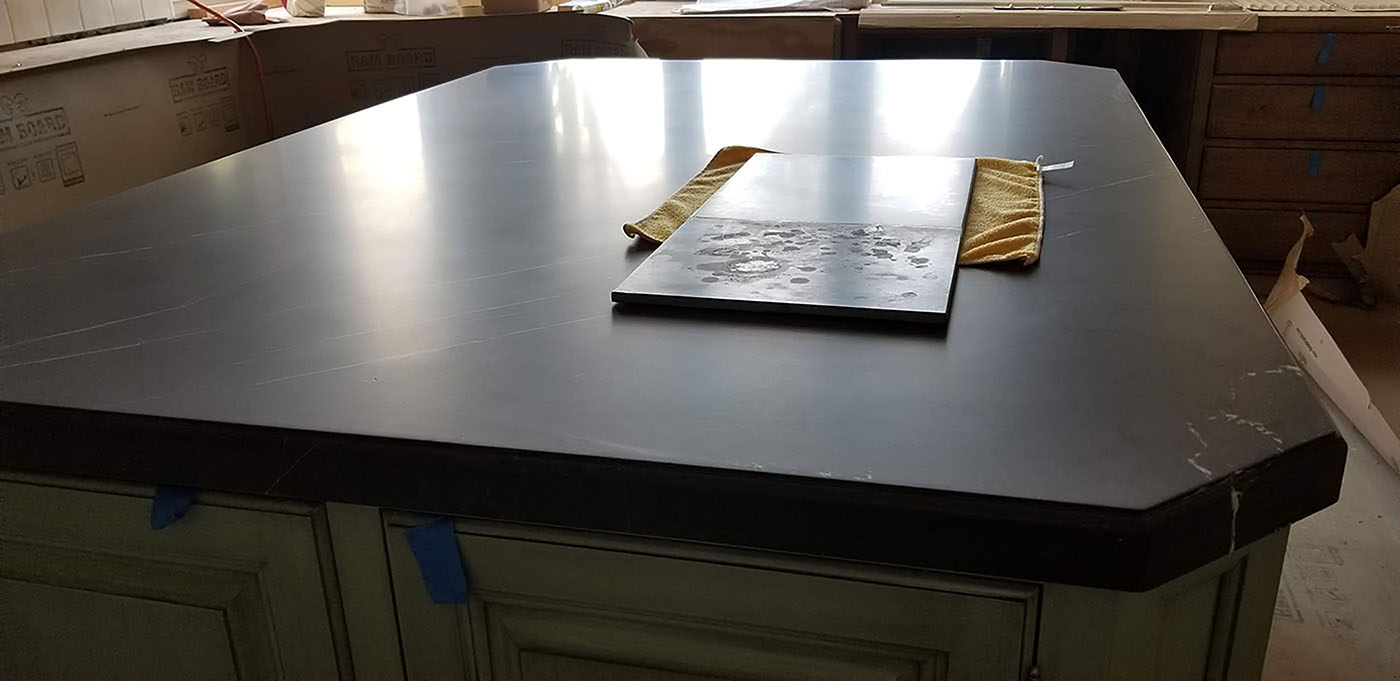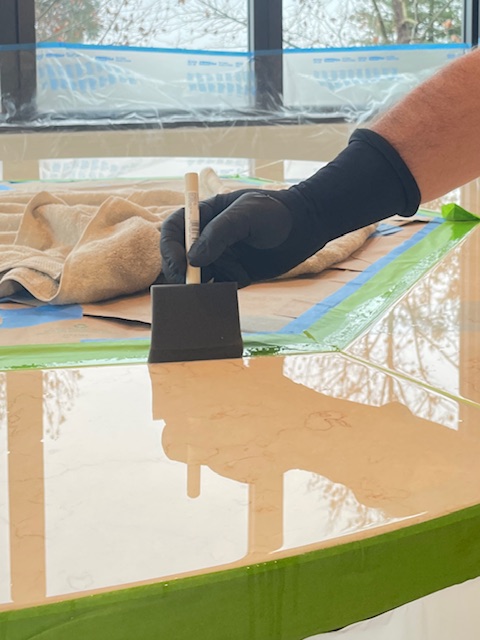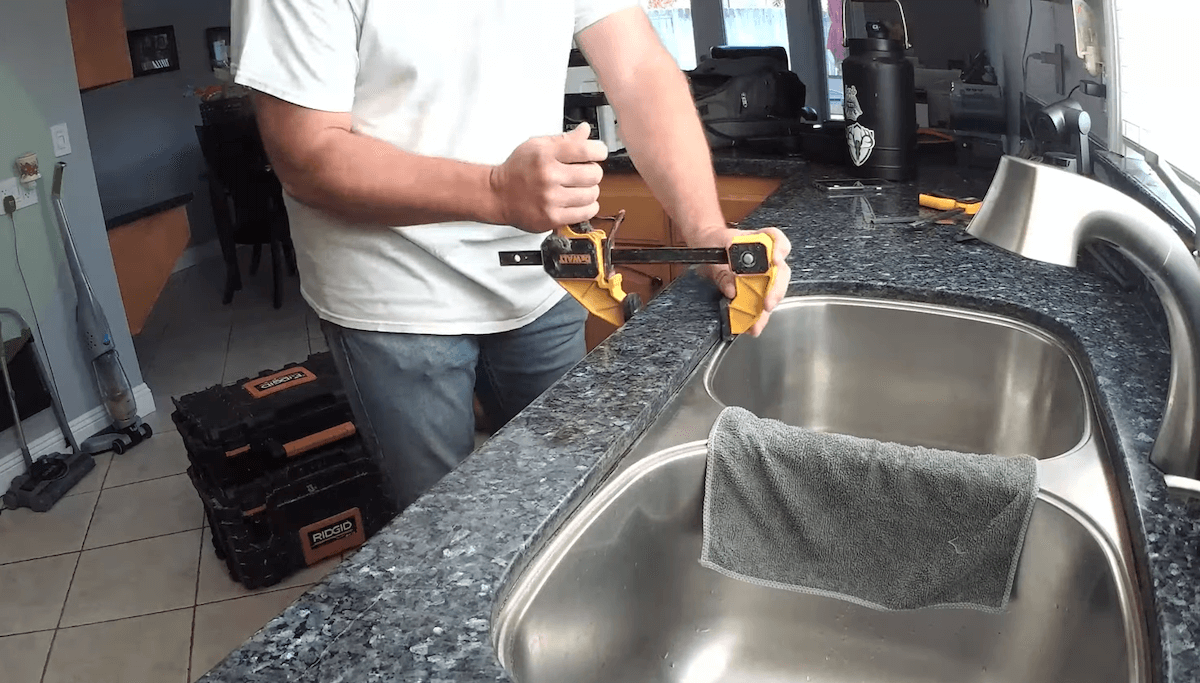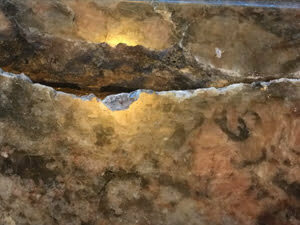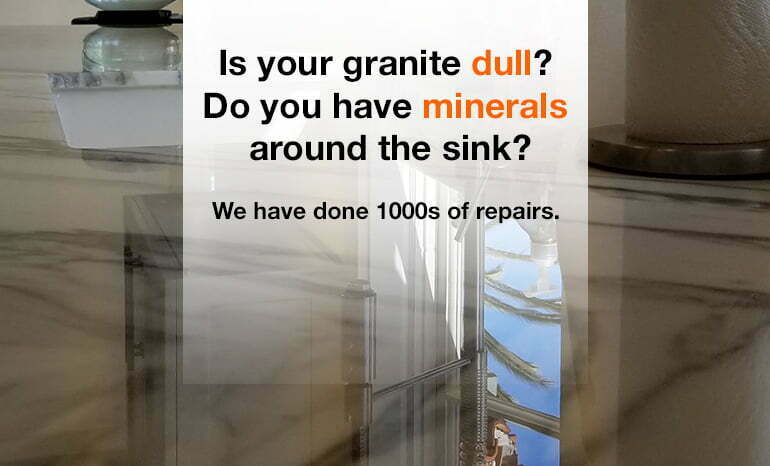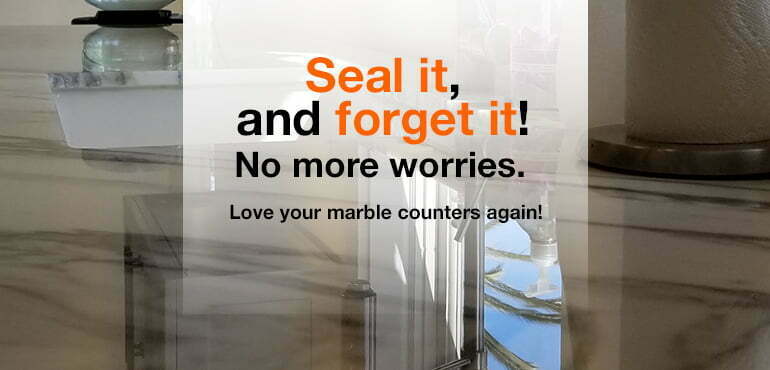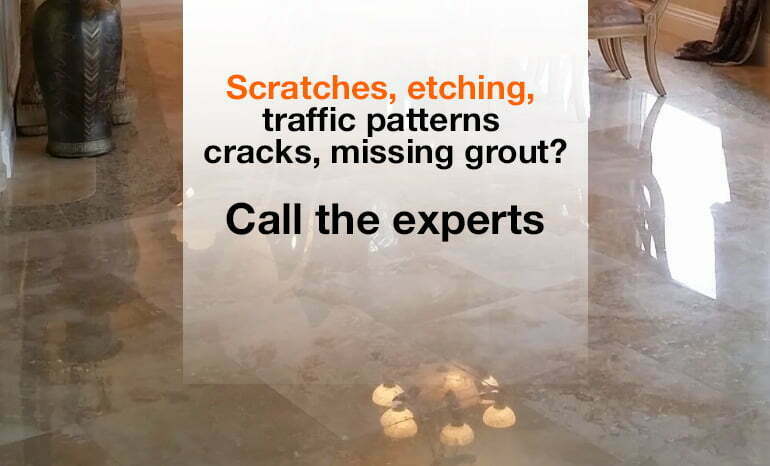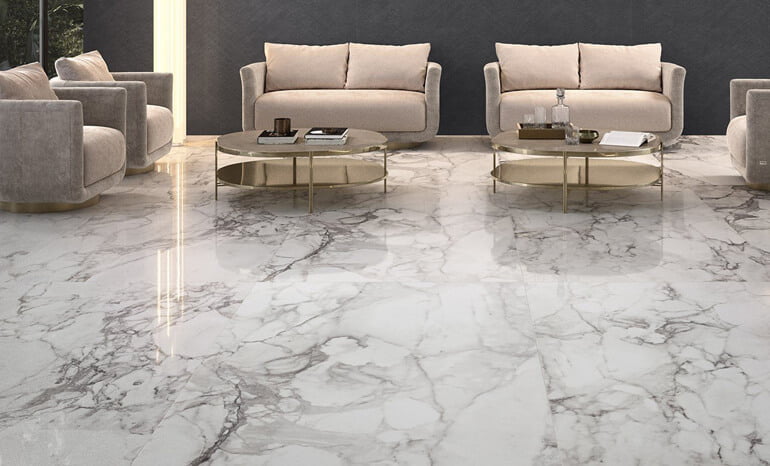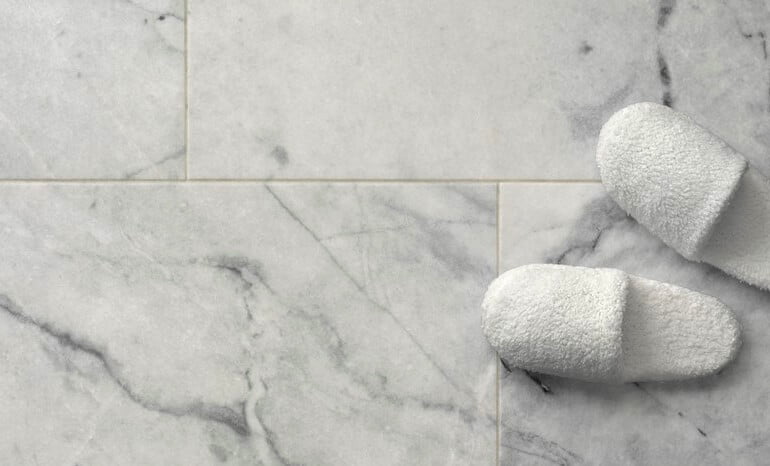Even the sturdiest granite countertops are vulnerable to cracks, which can leave homeowners grappling with the dilemma of repair. This guide is crafted to demystify your concerns and solutions, offering insights into DIY fixes for cracked granite countertops. We’ll explore essential tools and materials, troubleshoot common issues, and weigh the benefits of professional repair versus DIY efforts – as well as how to know when it’s time to bring in a professional.
Understanding Granite Countertop Cracks
Before diving into repairs, it’s crucial to understand why granite countertops crack. Factors range from natural stone flaws to external forces like heavy impacts or structural settling. Identifying the cause is the first step towards a lasting repair.
Essential Tools and Materials for DIY Granite Countertop Repair
Tools You’ll Need
- Epoxy resin or acrylic adhesive: Specifically designed for stone repair, these compounds can fill and bond cracks efficiently.
- Color pigment: To match the epoxy to your granite’s color.
- Razor blades: For removing excess epoxy.
- Tape: To create boundaries for the epoxy.
- Polishing pads: For smoothing the repaired area.
Materials for Cleaning and Preparation
- Acetone or isopropyl alcohol: For cleaning the crack before repair.
- Microfiber cloths: For a lint-free clean-up.
- Protective gloves: To safeguard your skin from chemicals.
Purchasing Tips
Quality matters. Opt for high-grade epoxy or acrylic adhesive designed for stone. Hardware stores or online retailers specializing in stone repair products are your best bet.
Step-by-Step Guide to Repairing Cracked Granite
- Clean the Area: Use acetone or isopropyl alcohol to ensure the crack is free from debris.
- Mix the Epoxy: Combine the epoxy with color pigment to closely match your granite.
- Apply Epoxy: Fill the crack, ensuring the epoxy is slightly overfilled for later leveling.
- Cure Time: Allow the epoxy to cure as per the manufacturer’s instructions.
- Level the Surface: Use a razor blade to remove excess epoxy, achieving a flush surface.
- Polish: Finish by polishing the area to restore its natural shine.
Troubleshooting Common Issues During DIY Granite Repair
Epoxy Doesn’t Match the Granite Color
Mixing the right color is more art than science. Test your mix on a hidden area or a similar piece of granite. Adjust the pigment as needed before applying to the crack.
Air Bubbles in the Epoxy
To avoid bubbles, mix slowly and apply in thin layers. If bubbles appear, gently pop them with a pin before the epoxy cures.
Epoxy Not Setting Properly
Ensure you’re working in the right temperature range and that the epoxy mix ratio is correct. Follow the manufacturer’s instructions closely.
Professional Repair Techniques by Stone Care Education
An online course offering comprehensive training on these repair techniques is available at Stone Care Education. This course delves deeply into the subject, providing detailed guidance through instructional videos.
The course covers two primary repair methods. Although our recommended approach involves breaking and extracting the rod, the injection method is more commonly employed in practice.
For an illustration of a project where the rod was successfully removed, view this example: Project Video on YouTube.
When it is not feasible to expose, cut, and remove the rod without causing additional damage, we resort to the Epoxy Injection Method. This technique entails cleaning the crack, thoroughly drying it with a torch or heat gun, and then injecting epoxy to encapsulate the rod and secure the countertop. It’s important to use a genuine two-part epoxy adhesive for this process. Caution is advised against services that utilize “flowing” or “penetrating” resins, as these substances do not constitute true epoxies and tend to deteriorate when exposed to water.
For further insights into the Injection Method, including discussions on three recent repairs utilizing this technique, watch this video: Injection Method Repairs Video on YouTube.
When to Opt for Professional Repair Over DIY
While DIY repairs can be effective for minor cracks, certain situations call for professional expertise. Consider hiring a professional if:
- The Crack is Structural: If the crack affects the integrity of the countertop, a professional can assess and address underlying issues.
- Matching Granite Patterns: Professionals can better match complex granite patterns, ensuring a seamless repair. If you have a more complex countertop, this is a contributing factor as to why you would hire a professional instead of going the DIY route.
- Large or Multiple Cracks: Extensive damage might require specialized tools and materials beyond the scope of most kits available to consumers.
Benefits of Professional Repair
- Expertise: Professionals bring years of experience, ensuring the repair is both durable and aesthetically pleasing.
- Tools and Materials: They have access to top-grade materials and tools that might not be available to the average homeowner. Some of these materials are messy or dangerous to handle, so learning during a repair is not advisable.
- Time-saving: A professional can complete the repair efficiently, saving you time and potential frustration.
DIY vs. Professional: Making the Right Choice
Deciding between DIY and professional repair comes down to the extent of the damage, your confidence in performing the repair, and your budget. Minor, superficial cracks are typically manageable with a DIY approach. However, for more significant repairs, the cost of professional services can be a worthwhile investment in your home’s beauty and value.
Repairing a cracked granite countertop can restore the beauty and functionality of your kitchen. Whether you opt for a DIY fix or professional repair, the key is addressing cracks promptly to prevent further damage. With the right tools, materials, and techniques, you can ensure your granite countertops remain a stunning feature in your home for years to come.
FAQ
Can granite cracks be repaired?
Yes, granite cracks can be repaired. When a crack appears in granite, whether it's a countertop, floor tile, or another surface, it does not mean the end of its beauty or utility. The repair process involves filling the crack with a specially formulated epoxy or resin that matches the color of the granite. Professionals usually carry out this repair work to ensure the filler blends seamlessly with the surrounding area, making the crack virtually invisible. After the filling material hardens, it is polished to match the finish of the granite surface. While DIY kits are available, hiring a professional ensures a more durable and aesthetically pleasing repair. Regular maintenance and careful use can help prevent future cracks.
Are hairline cracks in granite normal?
Yes, hairline cracks in granite are normal. Granite, a natural stone, often comes with minor imperfections, including hairline cracks or fissures. These cracks are typically formed during the cooling process of the granite millions of years ago and do not usually indicate a structural problem. They are a part of the stone's natural beauty and uniqueness. However, if a hairline crack appears suddenly or changes over time, it might be worth having a professional assess it to ensure it's not a sign of damage.
How do you hide granite countertop seams?
Hiding granite countertop seams can be achieved by carefully selecting the slab with matching patterns and colors that blend the seam into the design. Professional installers use a color-matched epoxy to bond the pieces together, making the seam less noticeable. Additionally, placing seams near sinks or edges where they might be less visible can also help. The key is precision and the skill of the installer to ensure the seam is as discreet as possible.
How do you repair a damaged granite countertop?
Repairing a damaged granite countertop involves cleaning the area around the damage, filling any cracks or chips with a color-matched epoxy or resin, and then allowing it to cure completely. For best results, the epoxy should be precisely mixed to match the granite's color and pattern. After the filler has hardened, the area is polished to restore the countertop's smooth finish. For more significant damage, or to ensure a seamless repair, it might be advisable to enlist the services of a professional stone repair technician. Regular maintenance and immediate attention to spills and impacts can help minimize the need for repairs.
What do you use to fill seams on granite countertops?
To fill seams on granite countertops, professionals use a special resin or epoxy designed to match the granite's color. This adhesive not only fills the seam but also bonds the granite pieces together, creating a smooth, continuous surface.
Can granite be mended?
Yes, granite can be mended. Minor chips and cracks can be filled with a color-matched epoxy or resin, which is then polished to blend seamlessly with the surrounding area. For larger repairs, it's best to consult with a professional to ensure the integrity and appearance of the granite are maintained.
What adhesive is used to seam granite?
A specific type of epoxy or acrylic adhesive is used to seam granite. These adhesives are designed to bond stone surfaces securely and come in various colors to match the granite, making the seam as inconspicuous as possible.
What is the best epoxy for granite joints?
The best epoxy for granite joints is one that is specifically formulated for stone repair. It should be durable, capable of withstanding the weight and use of the countertop, and available in a color that matches the granite to ensure the repair is not noticeable.
How long can a granite countertop be without a seam?
The length of a granite countertop without a seam depends on the slab size and the layout of the space. Generally, granite slabs come in sizes around 9 to 10 feet long, so countertops longer than this will require seams. The goal is to minimize and strategically place seams for both aesthetic and structural reasons.
Can you glue broken granite back together?
Yes, you can glue broken granite back together using a strong epoxy or adhesive designed for stone. The key is to carefully apply the adhesive to ensure a tight bond and to color-match the epoxy to the granite. For best results, this task should ideally be performed by a professional.
How do you fix cracks in countertops?
Fixing cracks in countertops involves cleaning the crack, filling it with a color-matched epoxy or resin, and then polishing the area once the filler has cured. For granite and other stone countertops, using an epoxy formulated for stone repair is crucial to ensure the repair is durable and blends with the rest of the countertop. For significant damage, professional repair services are recommended to restore the countertop's appearance and functionality.
